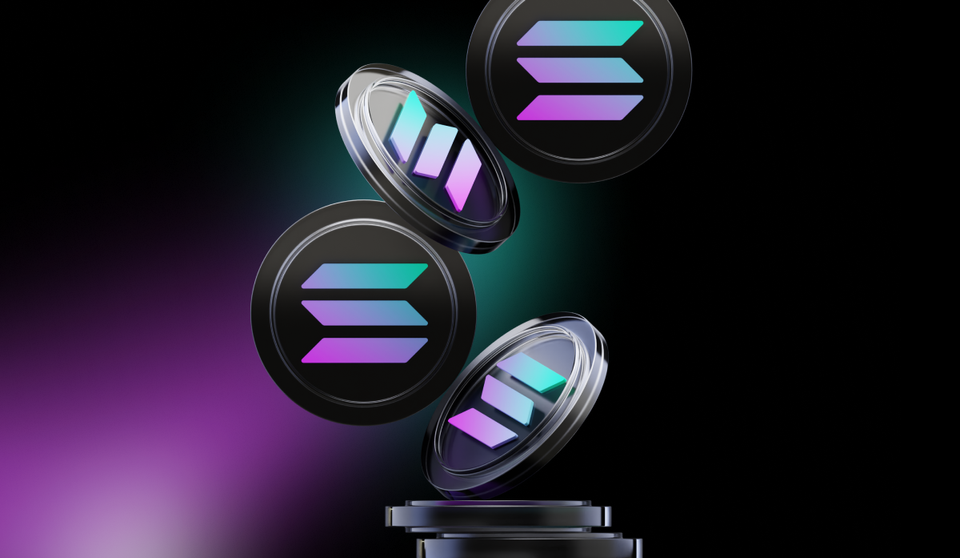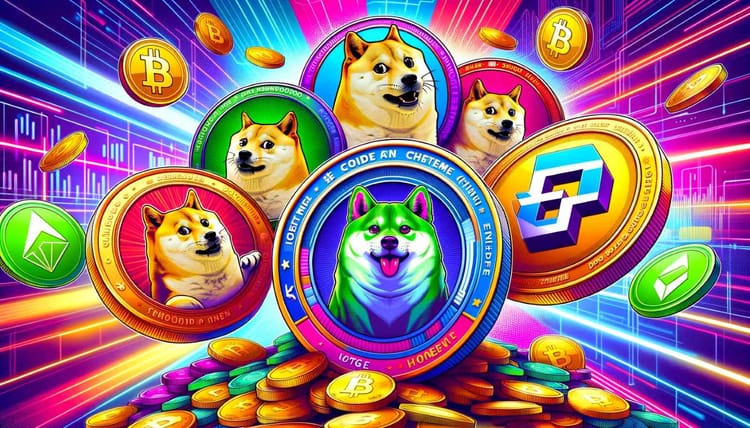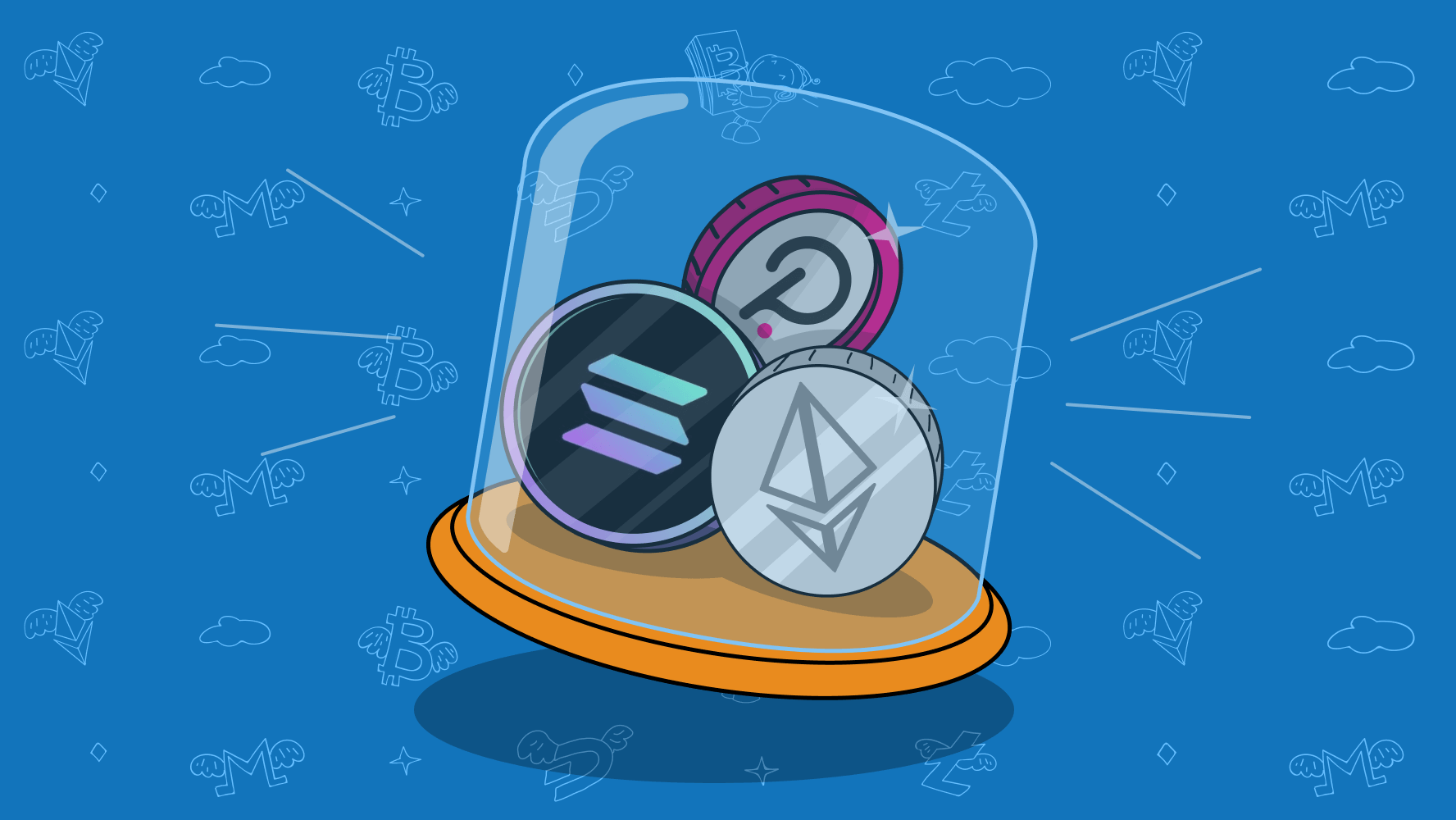Crypto Guide: What is Solana?

Another important coin- Solana (SOL)- is in the shadows of the Bitcoin price rally. Dubbed 'the Apple of crypto', Solana is now selling at $198 as of March 3oth, the highest in its trading history. Thanks to its bullish price action in the last few weeks, SOL has surpassed BNB to become the 4th largest coin by market capitalization.
Solana has been getting a lot of buzz lately, primarily because of its utility and potential to become an alternative platform for many developers. Some observers, traders, and even developers consider Solana a worthy alternative to Ethereum. Others say that SOL is the 'Apple of crypto,' an equally impressive tag.
Solana's price action in the last few weeks excites ongoing conversations. Solana started the year trading at $100-$105 levels, dipping to as low as $79 last January 23rd before starting its slow upward movement to $170 and briefly breaking the $200 barrier. To fully appreciate the buzz on SOL and its impressive price action lately, we must first cover its basics, features, and technology that make it one of the top altcoins in the industry.
SOL is a Layer 1 blockchain that's fast, efficient, and inexpensive
Solana is a Layer 1 blockchain that promises lighting-fast and inexpensive transactions while being energy-efficient. Like Ethereum, the Solana blockchain supports smart contracts and the development of decentralized applications (dApps). dApps or decentralized applications are software programs that run on a peer-to-peer (P2P) network or blockchain free from a single authority's control. Instead, dApps are collectively controlled by the users.
Initially, these dApps were built on the Ethereum platform, but an increasing number are now developed using the Solana blockchain. These dApps have been designed to decentralize different applications and functions without needing an intermediary. Most dApps today are self-executing financial contracts, social media platforms, and multi-user games.
Also, the Solana blockchain hosts projects on decentralized finance or DeFi. Like dApps, these DeFi projects remove third-party participation in completing financial transactions. DeFi often integrates crypto, blockchain technology, and software, allowing individuals to transact financially. Many refer to the Solana blockchain's high performance, which no longer requires the traditional scaling Layer 2 solution. Instead, Layers 2s are used to connect Solana with other chains.
On its website, Solana takes pride in the background and experience of its builders, including its co-founder, Anatoly Yakavenko. With experience building cellphone networks, Mr. Yakavenko contributes to building the blockchain's scalability and efficiency. The team believes that to bring the blockchain closer to developers and average users, it's essential that they can freely experiment and use technology easily.
Solana combines Proof-of-History (PoH) and Proof-of-Stake (PoS)
The consensus mechanism is integral to the operations and efficiency of cryptocurrencies and blockchains, including Solana. Developers use it as a way to achieve distributed agreement about the state of the ledger. Traditionally, the consensus mechanism is implemented in a network with many users and processes. This mechanism is more efficient than individual human verifiers, which are much slower.
For example, the world's most popular crypto, Bitcoin, uses the Proof-of-Work (PoW) mechanism, which requires computational power to solve a hash problem. After identifying the hash, its consensus mechanism requires each node to verify the data by looking at specific information, such as the data structure, block header hash, timestamp, block size, and the first transaction.
Solana, on the other hand, combines the PoH consensus mechanism with the Proof-of-Stake. As the name suggests, the Proof-of-History is a time-based consensus mechanism that highlights the historical record of activities based on the position in the blockchain using a hash tree. With this mechanism, a node can easily verify the order of transactions by checking the hashes on the tree, promoting quicker and more efficient validation.
Tracking the historical record of the activities in the Solana blockchain is possible through the verifiable delay function or VDF. According to Yakovenko, every block producer has to crank through the VDF to proceed to an assigned slot and create a block. Solana makes it possible by inserting data into the sequence by adding the hash of the data of the previous state. All information, including the state, input data, and count, is published, making it difficult to fabricate alternate versions. Through the VDF, there's an upper and lower bound on time, allowing users to determine the transaction time, making it faster and more efficient.
SOL token
Solana has a native token called SOL. Users can use this token to pay for gas or transaction fees when completing transactions or using smart contracts. You can also use SOL through staking: It's possible to personally stake your tokens or delegate your coins to an active validator, and in exchange, you get a share of the rewards.
How SOL fits in this fast-growing crypto industry
Many developers, traders, and observers are praising the Solana blockchain. Its bullish price movement in recent weeks is just one indicator of its popularity and standing among top altcoins. For some observers, SOL stands out thanks to its commitment to innovation and introducing new functionalities. These observations have led some to remark that Solana is crypto's 'Apple.' According to researchers, Solana's primary appeal lies in its network performance, backed by multi-threading for parallel processing.
As mentioned, its blockchain offers fast transactions with low fees, making it a viable alternative to Ethereum for those looking to complete their NFT and DeFi projects. According to at least one article, Solana can process thousands of transactions per second, with the block times at 400 to 500ms.
Finally, the Solana blockchain recently received a boost thanks to its growing community and ecosystem development. A popular development on the blockchain is the BONK meme coin airdrop, which rewards the Solana community by allocating 50% of the total coin supply to developers, DeFi traders, artists, and collectors on Solana. BONK was designed to become the "community coin of Solana" and can be used across many dApps.
Like other crypto projects, Solana continues to expand its business reach and improve its technology and processes as it positions itself as a viable alternative to Ethereum.




